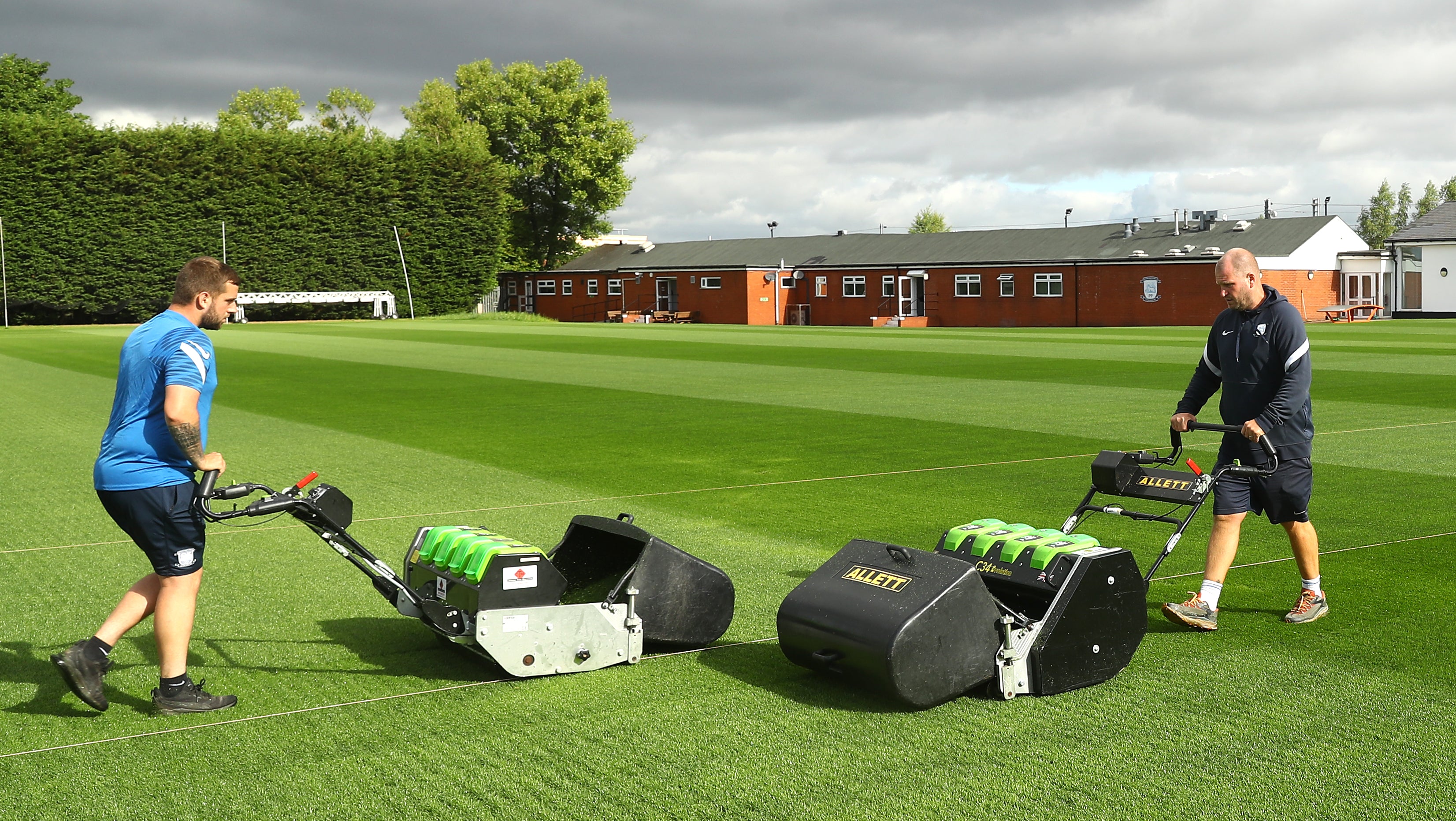Prevent Red Thread from Taking Over Your Lawn: A Comprehensive Guide
Summer is typically when you're most proud of your lawn. You scarify regularly to manage thatch and irrigate to maintain that lovely green look. Friends and family gather for BBQs, admiring your pristine lawn stripes, making all your hard work worthwhile. However, alarm bells ring when you notice the first signs of pink or red grass – this is red thread.
While red thread doesn't cause significant harm to your lawn, it can be a nuisance for perfectionists and those with high-end lawns. It is one of the most common fungal diseases affecting lawns across the UK though it doesn’t kill the roots of the grass plant.

What is Red Thread?
Red thread is a common fungal disease caused by the microscopic fungus Laetisaria fuciformis. You might think your lawnmower blades are dull as the grass can appear bleached. On closer inspection, you’ll notice tiny pink-coloured threads attached to each blade of grass.
What Causes Red Thread?
Red thread thrives in summer and autumn, especially following wet and humid conditions. Lawns that are poorly maintained, aerated, and nutrient-deficient are most susceptible.
- Poor Soil Health: Soil lacking essential nutrients, particularly nitrogen, can weaken grass, making it more susceptible to diseases like red thread.
- Overwatering: Excessive watering creates a humid environment, promoting fungal growth.
- Incorrect Mowing: Cutting grass too short stresses the lawn, increasing vulnerability to diseases.
- Low Air Circulation: Shaded lawns or those with poor air circulation retain moisture, providing an ideal environment for fungal growth.
How to Prevent Red Thread
Some homeowners let red thread run its course, as changing weather conditions can cause it to dissipate. However, taking proactive steps can prevent red thread from establishing in the first place.
- Fertilisation: Regularly feed your lawn with a balanced fertiliser that provides essential nutrients like nitrogen, potassium, and phosphorus. A good feed of fertiliser can help get rid of red thread and even prevent its establishment.
- Aeration Program: Implement a robust aeration program to improve soil health and prevent fungal diseases. Regular scarification with a spring rake scarifier cartridge can help remove the thatch layer, which often harbours fungal spores.
How to Get Rid of Red Thread
If you already have red thread, follow these steps to eradicate it:
- Remove Infected Debris: Rake up and remove any grass clippings or debris affected by red thread to prevent the spread of spores.
- Fungicide Application: Consider using a fungicide specifically designed to combat red thread. Follow the manufacturer's instructions carefully when applying the product.
- Replenish Nutrients: Boost your lawn's health by applying a nitrogen-rich fertiliser to aid in its recovery.




Leave a comment
This site is protected by hCaptcha and the hCaptcha Privacy Policy and Terms of Service apply.